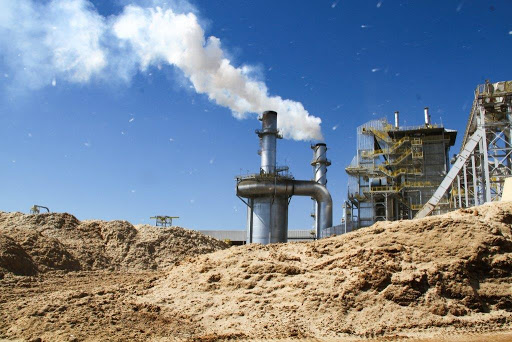
Bioelectricity arrived to leverage the economy and the Vale do Verdão plant located in Goiás is making significant investments to export this source of energy
The plant located in Goiás, with its investments, has already produced around 3 million bags of sugar and 130 million liters of ethanol with the power of bioelectricity. “It is the first unit of the Vale do Verdão Group to export energy, with a modern UTE and, if it depends on our will, also the first in the Usina 4.0 concept, using the intelligence of Optimization in Real Time (RTO)”, highlighted the CEO from the power plant.
Read also
Bioelectricity alleviates the lack of rain in the production of energy at the plants
The low volume of rain has also forced the SIN to increase production and investments in fossil thermoelectric plants, which are more expensive, as a way of saving water in the hydroelectric reservoirs and investing in bioelectricity, mainly those installed in the Southeast/Center-West and South submarkets. .
In terms of investments – from January to October of this year – the supply of bioelectricity to the national system was 23.764 GWh, representing an increase of 2% compared to the same period in 2019. A volume equivalent to meeting 14,2% of industrial consumption of electricity in the country during the whole of last year or 12,3 million residential units.
Investments: the future of sugarcane bioelectricity in mills
According to data from the National Emissions Registry System (SIRENS), until 2015, effectively, Brazil reduced by 50% the total emissions of greenhouse gases when compared to 2005 levels.
This means that the country would be in a position to meet the targets set out in the Paris Agreement, to reduce greenhouse gas emissions by 37% and 43% by the years 2025 and 2030, respectively, starting with emissions from 2005.
However, there was a 42% increase in emissions in the Brazilian energy sector in the plants, in the same period, according to SIRENE. Due to this increase and a growing trend in future energy demands, bioelectricity from sugarcane would play an indispensable role, considering the various environmental benefits and the high potential of this energy source, especially considering straw as a complement to the bagasse in generation.










